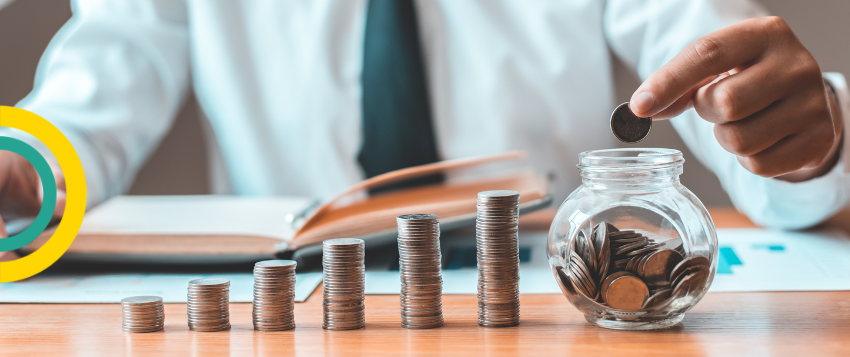In this final article in the three-part series, we will consider how changing interest rates influence savings accounts as well as on foreign investments. From the previous two articles it has been clear that interest rates have an integral part in the financial system and impacts all asset classes in various ways.
Interest Rates Impact on Savings Accounts
Changes in interest rates can impact savings accounts in several ways, as they affect the rate of return that savers earn on their deposits. Here are some of the ways that changes in interest rates can impact savings accounts.
Interest earned: Changes in interest rates can directly impact the amount of interest that savers earn on their deposits. When interest rates rise, savings account interest rates also tend to rise, which can increase the amount of interest that savers earn on their deposits. Conversely, when interest rates fall, savings account interest rates also tend to fall, which can decrease the amount of interest that savers earn on their deposits.
Inflation: Changes in interest rates can also impact inflation, which is the rate at which the prices of goods and services in the economy increase over time. When interest rates rise, inflation tends to slow down, as borrowing costs increase and consumer spending decreases. This can be beneficial for savers, as their savings may be able to keep pace with inflation, allowing them to maintain the purchasing power of their savings. Conversely, when interest rates fall, inflation tends to rise, which can erode the value of savers’ deposits over time.
Spending behaviour: Changes in interest rates can also impact consumer spending behaviour. When interest rates are high, savers may be more likely to save their money, as they can earn a higher rate of return on their deposits. This can reduce consumer spending and potentially slow down the economy. Conversely, when interest rates are low, savers may be less likely to save their money, as the rate of return on their deposits may be lower. This can stimulate consumer spending and potentially boost the economy.
Interest Rates Impact on Foreign Investments and Exchange Rates
Changes in interest rates can impact foreign investments since interest rates are closely linked to exchange rates. Here are some of the ways that changing interest rates can impact exchange rates.
Interest rate differentials: When there is a difference in interest rates between two countries, international investors will tend to move their money to the country with the higher interest rate to earn a better return. This increases demand for the currency with the higher interest rate, which can lead to the exchange rate strengthening. Conversely, if interest rates are lower in one country than another, investors may move their money to the country with the higher interest rate, which could weaken the exchange rate of the lower-interest-rate currency.
Inflation expectations: Interest rates are often used to control inflation, and changes in interest rates can signal changes in inflation expectations. If interest rates rise, it can indicate that the central bank is trying to slow down inflation, which can lead to a stronger exchange rate. Conversely, if interest rates fall, it can indicate that the central bank is trying to stimulate the economy and inflation, which could weaken the exchange rate.
It is clear that changes in interest rates can have various impacts on all asset classes in an investment portfolio. A sound investment strategy should consider the potential impact interest rate changes may have on their portfolio and take steps to mitigate any negative impacts.








